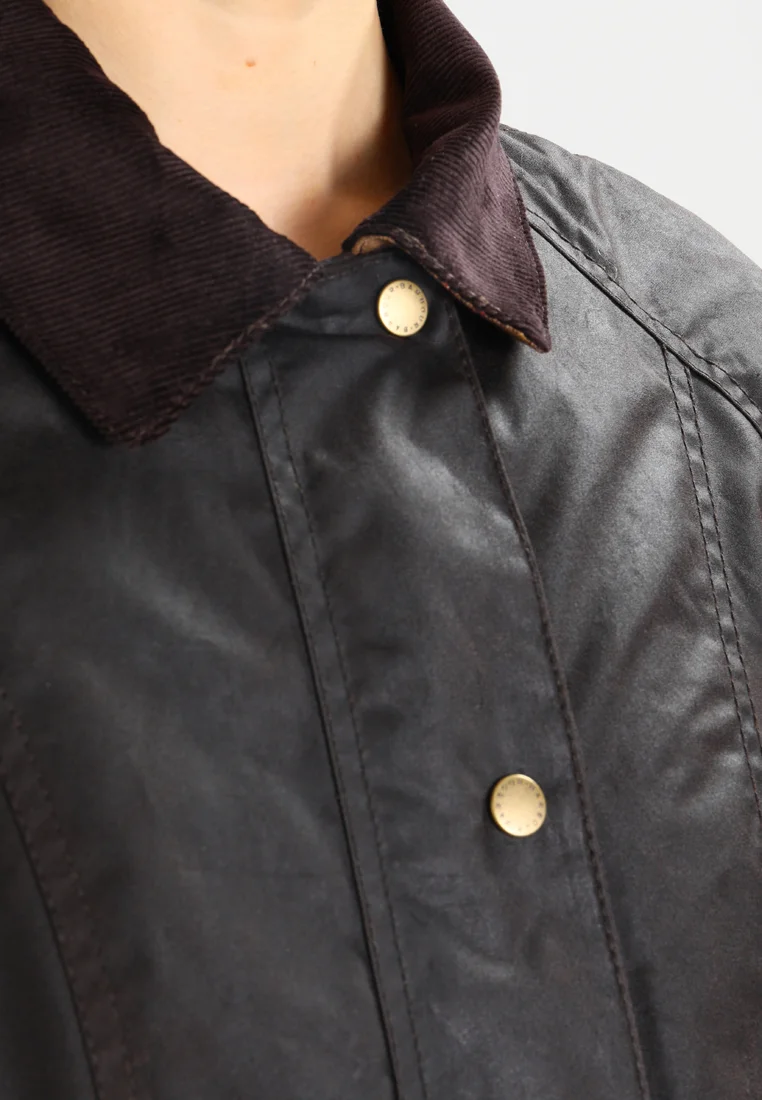
In an exciting leap for neuromorphic sensing technology, scientists have developed the world’s first artificial tongue capable of both tasting and learning like a human organ.
As reported by Live Science, this cutting-edge innovation uses graphene-oxide membranes to detect the unique ionic composition of liquids, much like the way human taste buds interact with food and beverages. What sets it apart is its ability to learn and remember flavor profiles — a first for artificial taste systems.
How the Artificial Tongue Works
The device consists of ultra-thin graphene-oxide membranes that filter ions in liquids, producing an electrical signature unique to each flavor. According to the research team, the artificial tongue achieved:
- 72.5% to 87.5% accuracy in detecting basic tastes like sweet, salty, and sour.
- 96% accuracy in identifying complex beverages like coffee and Coke — thanks to their distinct molecular profiles.
Unlike earlier electronic tongues that depended on external computing, this model integrates on-board learning capability, making it a self-contained sensory system.
Potential Applications
The Live Science article notes several industries where this artificial tongue could have transformative impact:
- Food Safety & Quality Control – Detecting spoilage, contamination, or verifying product authenticity.
- Healthcare Diagnostics – Identifying diseases through chemical analysis of bodily fluids.
- Robotics – Equipping robots with sensory feedback for food and environmental monitoring.
The Road Ahead
While the prototype is still relatively large and requires significant power, researchers are optimistic about miniaturizing the design and improving energy efficiency in future iterations. The artificial tongue stands as a powerful example of how sensory AI can bridge the gap between human perception and machine intelligence.
As Live Science concludes, this is more than just a scientific curiosity — it’s a step toward machines that truly sense the world as we do.
Source:
Live Science – World’s first artificial tongue ‘tastes and learns’ like a real human organ





